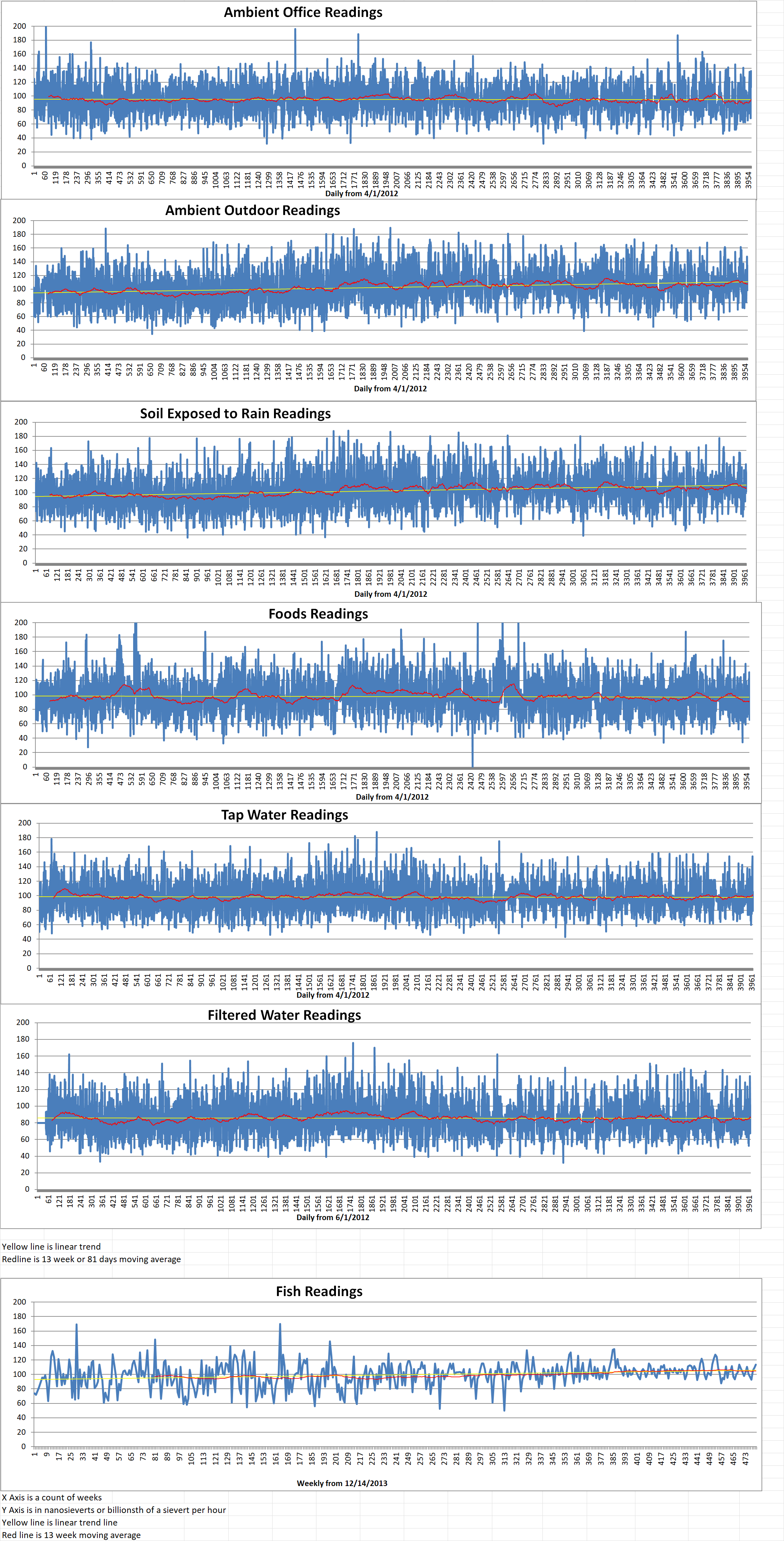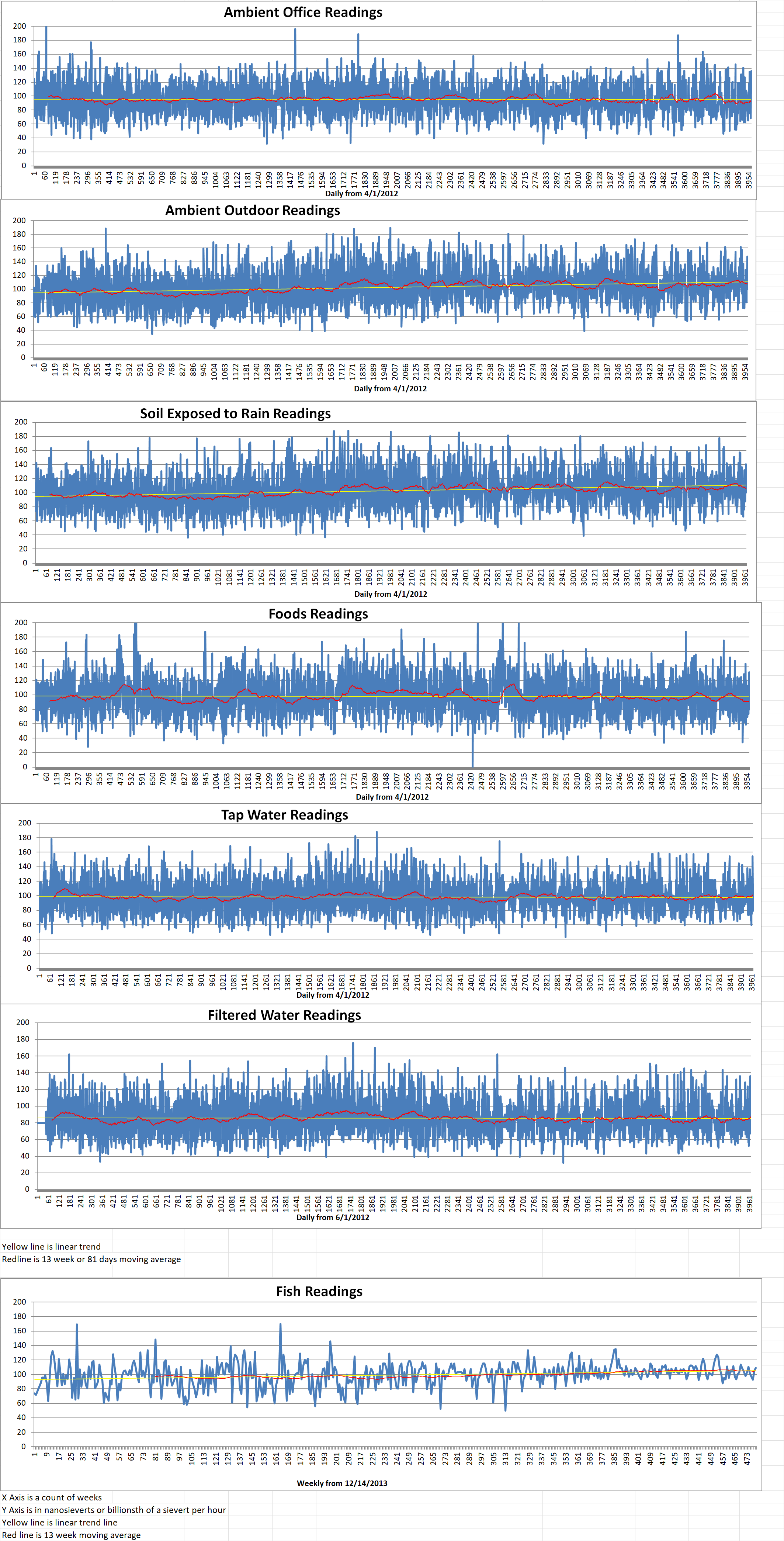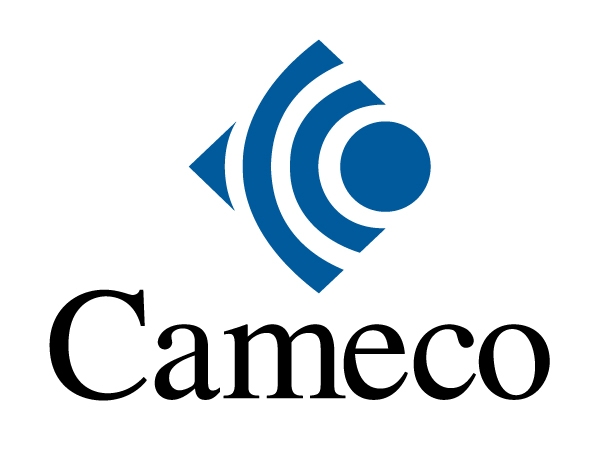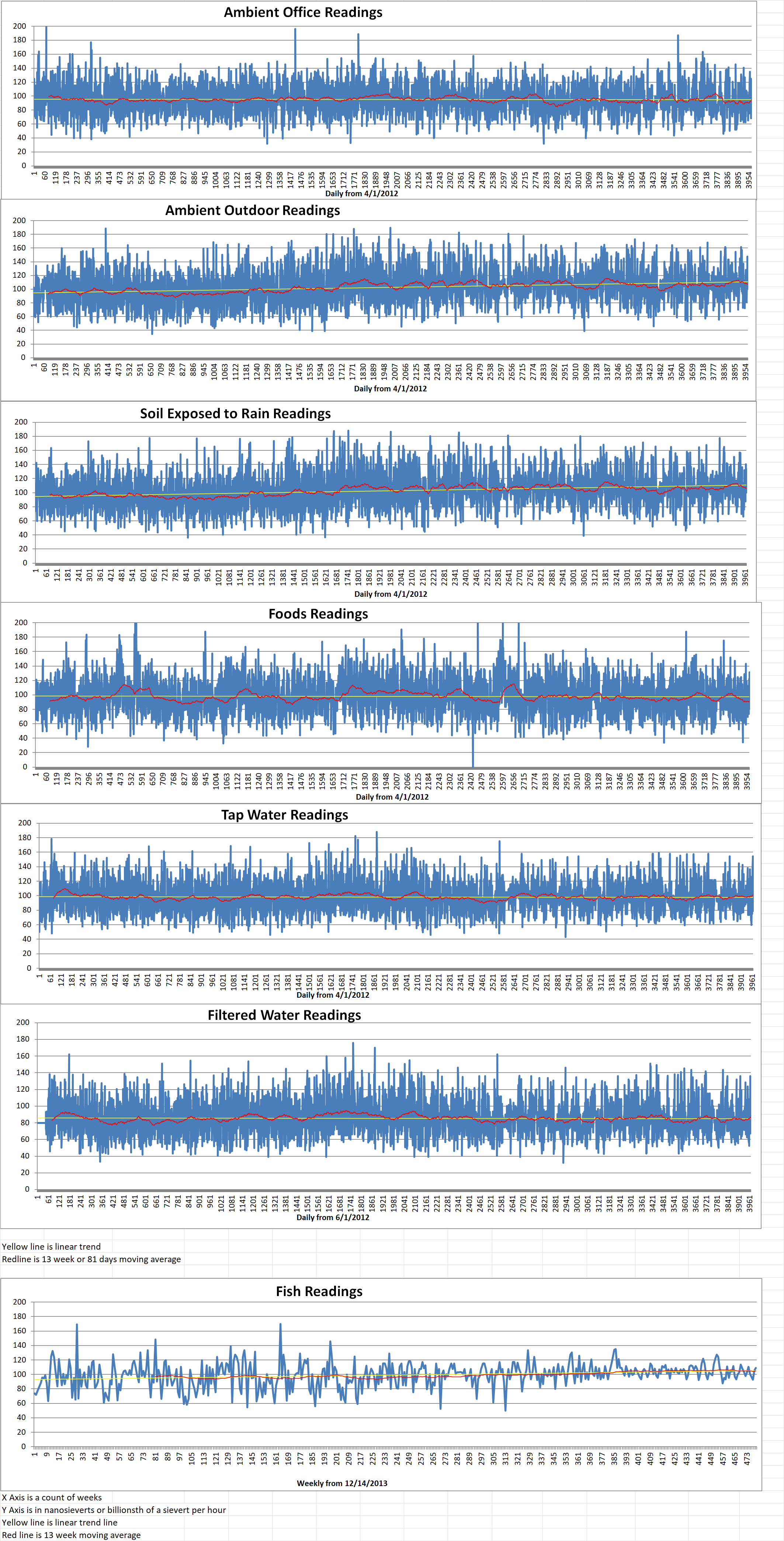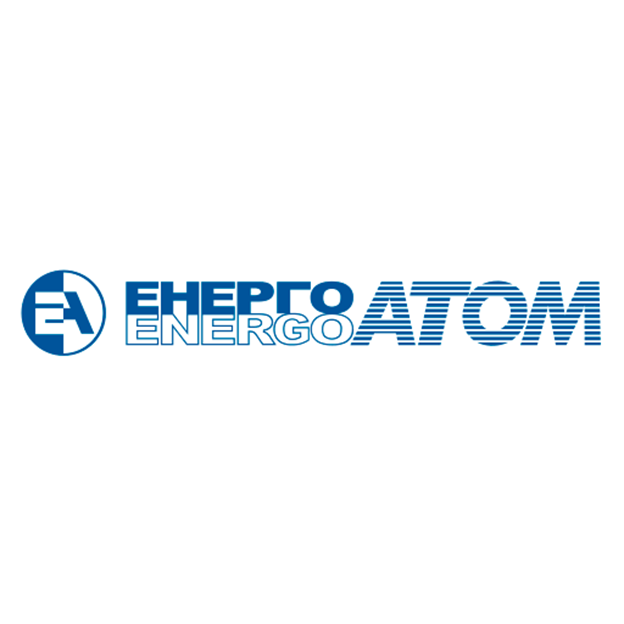Part 2 of 2 Parts (Please read Part 1 first)
If Russia should capture or damage more Ukrainian reactors, then Cameco would have to find a buyer for its previously contracted uranium. Veronica Baker is a spokesperson for Cameco. She said, “We have plenty of visibility and advance notice regarding the annual volumes required under the contract, which provides us with flexibility to adjust our plans, including for production if circumstances require.”
Contracted uranium prices are usually higher than spot prices. This means that Cameco may take a discount if Ukraine purchases less uranium because of the war’s impact, according to Carter. Alternatively, if prices spike in the next twelve years, Cameco may be unable to fully cash in with so much production dedicated to Ukraine unless it reduces those sales. Carter expects prices to continue to rise in the next two years. Carter said, “I think Cameco has more to lose here than the Ukrainians if the (market) price were to continue higher.”
Kotin said that Energoatom will purchase Cameco’s uranium at a price based equally on a fixed price and a market price. Such an arrangement provides some protection for Energoatom in case prices spike. Baker said that it was normal for sellers and buyers to be subject to risk from commodity price swings.
Energoatom’s risk is that Cameco might choose to sell it less uranium so that the company can cash in on high prices with other buyers, but that seems unlikely, according to Carter.
The main alternative uranium source to Cameco is Orano, the French state-owned company. Orano has told Energoatom that it cannot supply it with more uranium until 2030. As a hedge against the risk of relying so much on a single supplier, Ukraine is attempting to expand its domestic nuclear industry, according to Kotin.
While Ukraine with rely on Cameco for uranium, it has signed separate deals for further processing. It has a contract with Urenco Group, based in the U.K., to enrich the uranium from Comeco. It also has a deal with Westinghouse, based in the U.S., to fabricate the enriched uranium into reactor fuel. These arrangements may secure Ukraine’s energy needs no matter how long the war lasts.
Other countries such as Poland and the Czech Republic are also looking to increase reliance on Western-made reactors and fuels, according to Carter. Cameco’s Baker said, “There is considerable interest among many nations and utilities seeking to realign how they meet their future energy input needs, including in eastern Europe.”
Last April, Cameco singed a ten-year contract with Westinghouse to supply uranium fluoride 6 for Bulgaria’s single nuclear generating station. Cameco and its partner Brookfield Renewables are in the process of buying Westinghouse.
Jonathan Wilkinson is the Canadian Natural Resources Minister. He said that Canada has a huge role to play globally. Without mentioning any names, he said that he had spoken with European countries who were keen to move away from Russian reactors and nuclear fuel. Wilkerson said, “We have an abundance of uranium.”

